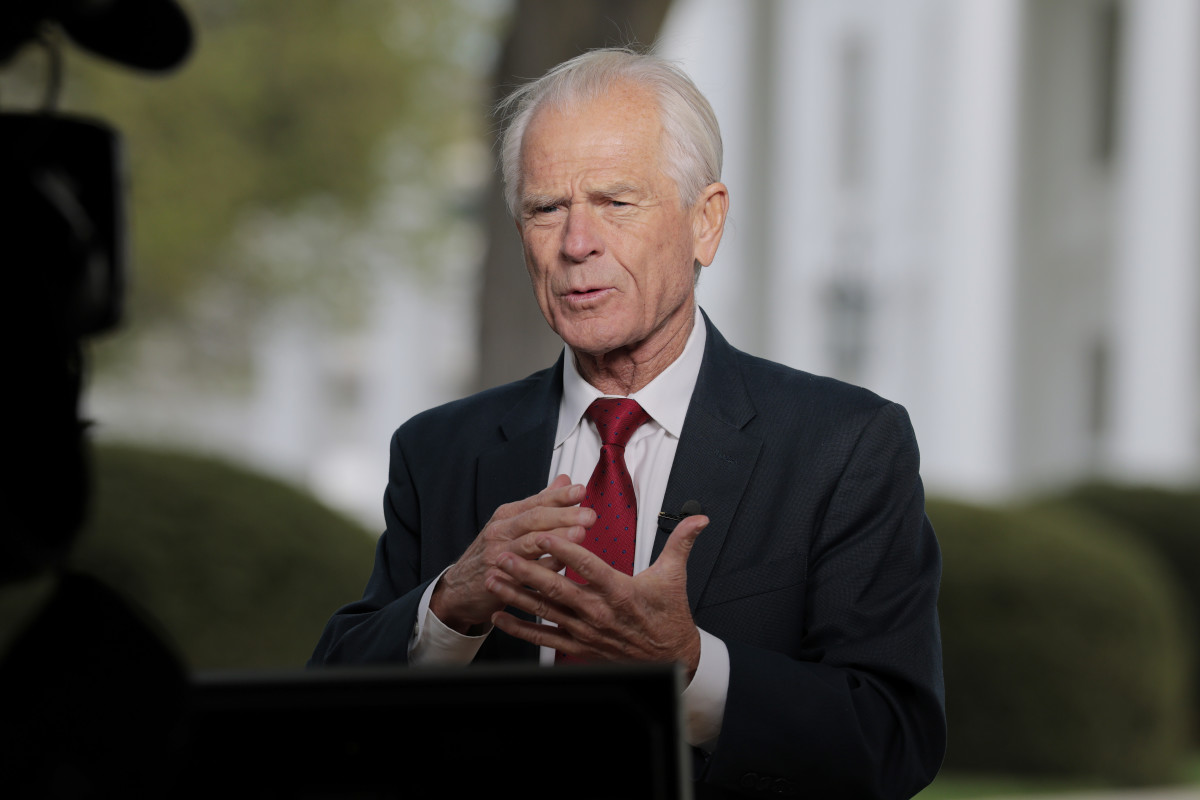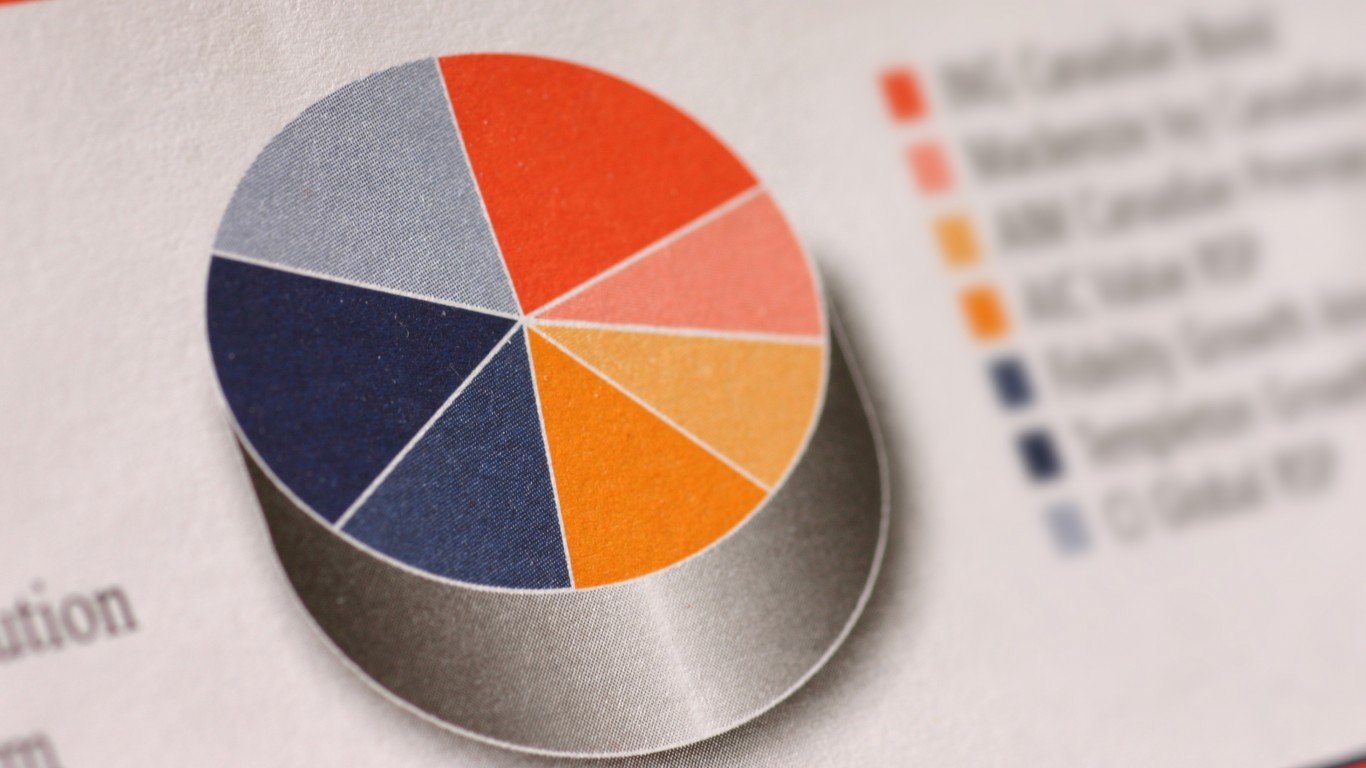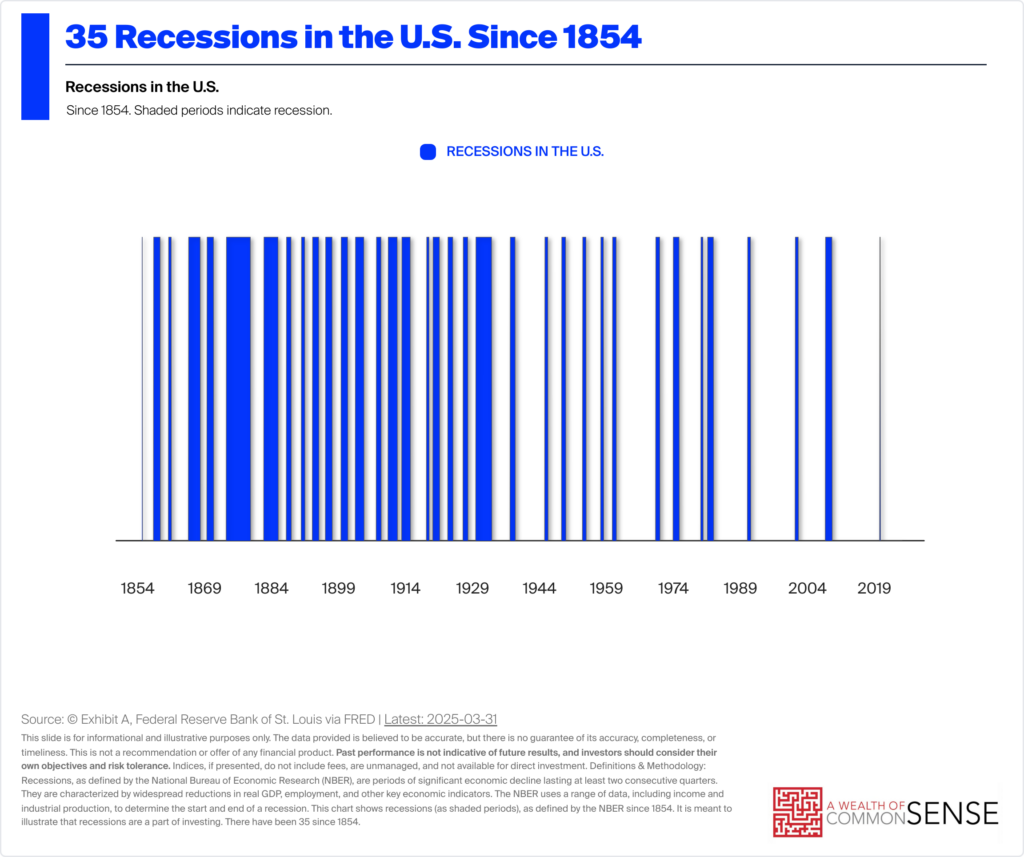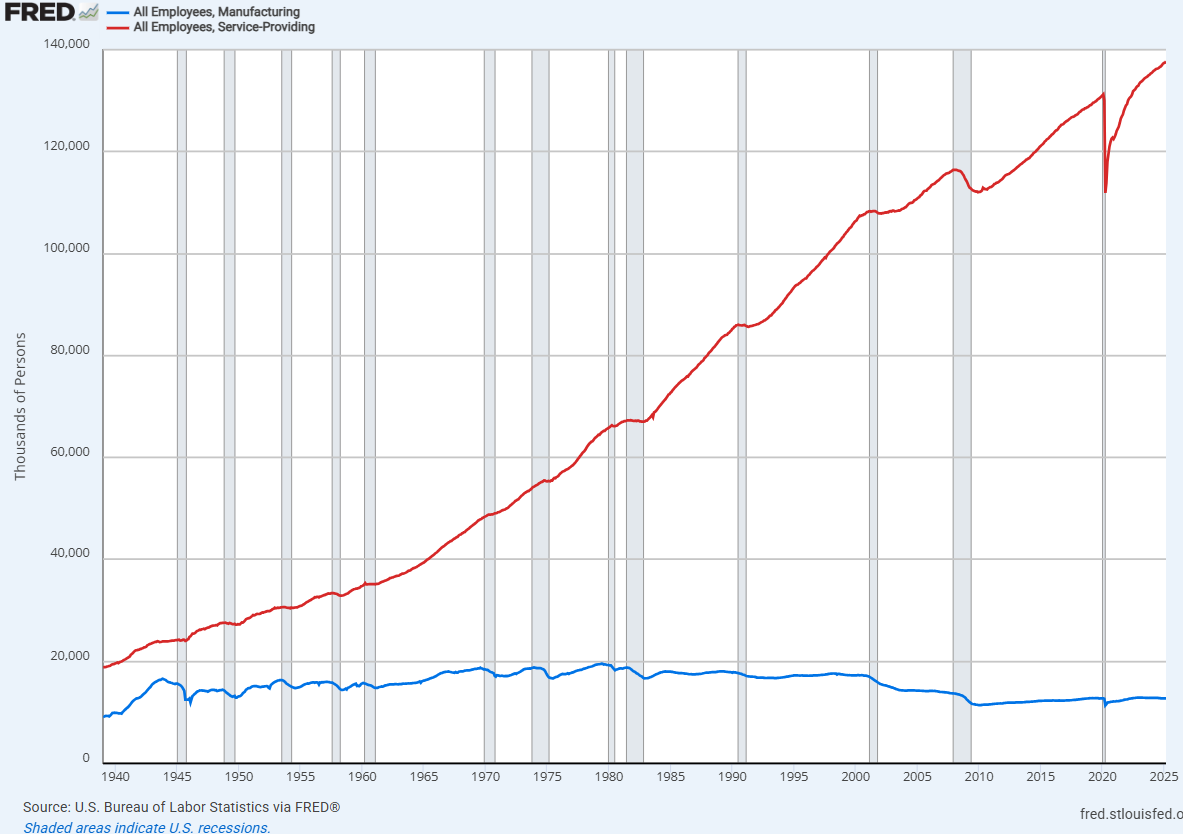I Saved $30,000 in 2024 with $10,000 in Medical Expenses—What Are Your Financial Goals?
Saving money was not an easy thing to do in 2024. Inflation was still pretty rampant last year, and with interest rates being so high, you may have been paying up for whatever debt you had. But that doesn’t mean it was impossible to save money last year. In this Reddit post, we have […] The post I Saved $30,000 in 2024 with $10,000 in Medical Expenses—What Are Your Financial Goals? appeared first on 24/7 Wall St..

Key Points
-
With careful budgeting and spending, you can potentially meet or exceed your savings goals.
-
Keep your biggest expenses low so they don’t monopolize your income.
-
Don’t forget to invest some of the money you’re saving so it grows even more.
-
Are you ahead, or behind on retirement? SmartAsset’s free tool can match you with a financial advisor in minutes to help you answer that today. Each advisor has been carefully vetted, and must act in your best interests. Don’t waste another minute; get started by clicking here here.(Sponsor)
Saving money was not an easy thing to do in 2024. Inflation was still pretty rampant last year, and with interest rates being so high, you may have been paying up for whatever debt you had.
But that doesn’t mean it was impossible to save money last year. In this Reddit post, we have someone sharing that they managed to save $30,000 in 2024 despite also incurring $10,000 in medical costs.
Now to be fair, the poster does not share what their income is. So it’s a little hard to know how impressive that feat is.
If the poster had a $100,000 salary, $30,000 in savings is extremely commendable, especially given their medical costs. If the poster earned $400,000, I’d actually argue that they perhaps could’ve done better.
But no matter how much money you earn, with the right strategy, you can potentially meet — or even exceed — the savings goal you set for yourself.
It’s all about priorities and careful spending
If you want to save money, you have to get on board with the idea of living below your means. It’s that simple.
If you earn a lot, it may be possible to spend on all of the things you love and still have money left over to put into the bank. If not, you’ll need to set priorities.
One thing that should help is creating a budget that lists your expenses in order of priority and need. Once you see what your essential bills cost you, you can figure out how much to spend on non-essential expenses.
Another thing you can do is prioritize savings in your budget. If you tell yourself you must save $500 a month, no matter what, you can shift your remaining expenses around to make that work.
One thing that may help, though, is to keep some of your larger expenses as low as possible. This means that rather than rent a $3,000 apartment, find one in a less trendy neighborhood for $2,000. Or, get a roommate.
Similarly, you may need a car to function. But if it’s possible to buy a car that comes with a $500 monthly payment instead of $700, do it.
Keeping these large expenses low could free up more money for your savings, or for other things, like surprise expenses.
Don’t forget to put your money to work
You may have the goal of saving $10,000 in 2025. Or maybe you’re hoping to bank $25,000.
No matter what your target is, budgeting and being mindful of your spending could get you there. But also, know that once you’ve hit your goal, you don’t have to resign yourself to a savings account.
It’s true that many high-yield savings accounts are paying generously these days. But you can potentially do a lot better with your money over time by investing it in the stock market.
In fact, let’s say you manage to save $15,000 in 2025. If you stick that money into a stock portfolio that gives you an 8% annual return, in 30 years from now, it could be worth more like $150,000.
Finally, don’t hesitate to seek advice from a financial advisor if you want help meeting your savings goals. They can offer guidance and also help you invest your money once you’ve managed to accumulate it.
The post I Saved $30,000 in 2024 with $10,000 in Medical Expenses—What Are Your Financial Goals? appeared first on 24/7 Wall St..
























































































































































